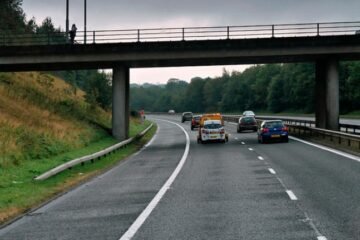In a shift towards environmental adaptation, Scots are being encouraged to harmonize their lives with the presence of seagulls in urban areas. This comes as a response to the increasing encroachment of these birds into towns, driven by changes in their natural habitats due to human activities.
Understanding the Avian Shift
The migration of seagulls into urban settings is not a random occurrence but a direct consequence of human impact on their natural coastal environments. As their traditional nesting grounds shrink, these adaptable birds have found refuge in the architectural landscapes of cities, where food is plentiful and nesting sites are abundant.
This transition, however, has not been seamless. The gulls’ natural behaviors, such as scavenging for food, have led to conflicts with residents. Conservationists argue that understanding and respecting the gulls’ ecological role is key to coexisting peacefully.

The Human-Gull Dynamic
The interaction between humans and seagulls has become a daily reality for many Scots. From the chip-stealing antics that have become a humorous trope to the more serious concerns of aggressive behavior during nesting season, the presence of gulls has a multifaceted impact on urban life.
Efforts to mitigate negative interactions include public education on not feeding the birds and proper waste management. These measures aim to reduce the attractants that lead to gulls’ overfamiliarity with humans.
Adapting to Change
As Scotland grapples with the broader implications of wildlife adapting to urban environments, the situation with seagulls serves as a microcosm of this global phenomenon. The call to learn to live with seagulls is a part of a larger conversation about biodiversity, conservation, and our role in shaping the habitats of tomorrow.
The path forward involves a collective effort to create urban spaces that accommodate both human and avian residents. It’s a delicate balance, but one that is increasingly necessary in our ever-changing world.


















